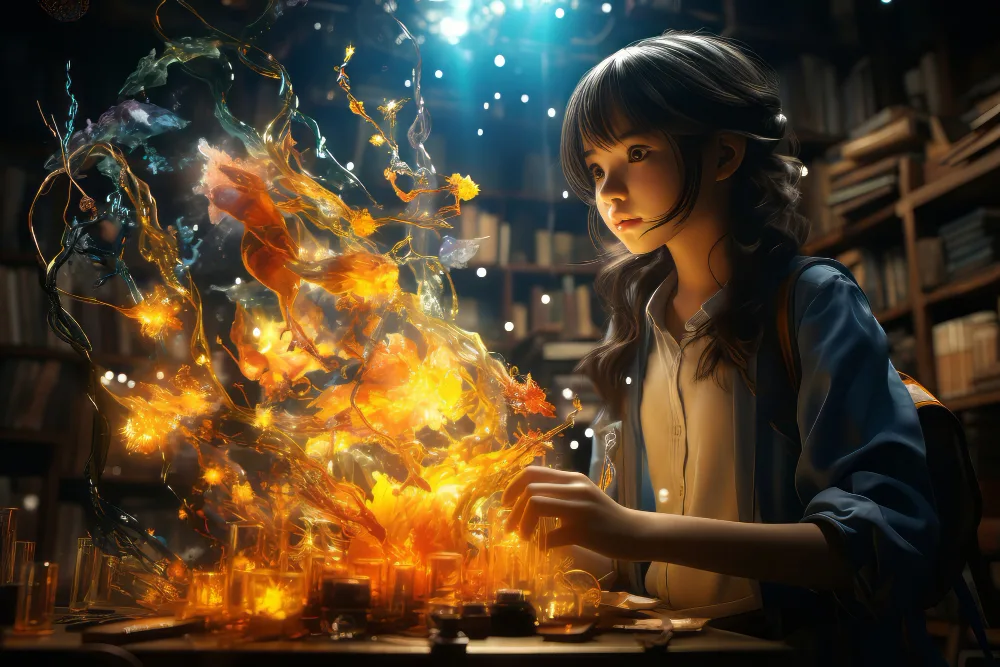In the age of digital transformation, the definition of creativity is rapidly evolving. The emergence of Quartist artists has redefined how we perceive art, innovation, and imagination. Combining technology with human emotion, Quartists are pioneering a new era of creativity—one where boundaries are meant to be broken.
These visionary creators are not just making digital art; they are reshaping the very essence of what art can be. From using artificial intelligence to blending real-world and virtual experiences, Quartists are expanding the horizons of expression in ways that challenge conventions.
Below, we explore five powerful ways Quartist artists are breaking artistic boundaries and changing the global creative landscape.
1. Merging Human Emotion with Artificial Intelligence
Perhaps the most defining trait of a Quartist artist is their ability to merge human creativity with machine intelligence. Instead of seeing AI as a threat, Quartists view it as a collaborator—a tool that amplifies human expression rather than replacing it.
By feeding ideas, emotions, and themes into AI systems, these artists co-create visuals that feel both organic and futuristic. The result is a fusion of logic and emotion—a perfect balance between human intuition and computational precision.
Beyond the Algorithm
While AI can generate endless patterns, a Quartist goes further. They interpret, refine, and manipulate AI-generated art to add layers of meaning and emotional context. This process turns data into emotion, algorithms into aesthetics, and technology into storytelling.
This human-machine collaboration allows Quartists to produce deeply expressive art that feels alive—a reflection of our evolving relationship with technology itself.
2. Creating Immersive and Interactive Experiences
Traditional art invites viewers to look. Quartist art invites them to participate.
Through the use of virtual reality (VR), augmented reality (AR), and interactive design, Quartists are transforming static pieces into living environments. Instead of observing from a distance, audiences can walk through, interact with, or even alter the art in real time.
Redefining the Role of the Viewer
In this new form of digital expression, the line between the creator and the audience begins to blur. Viewers become co-creators, influencing how an artwork looks or behaves based on their actions or emotions.
For instance, a digital installation might change its colors based on a visitor’s heartbeat or movement. Others might allow users to manipulate visual elements using gestures or voice commands.
This interactivity not only enhances engagement but also makes every experience unique—ensuring that no two viewers ever encounter the same piece in the same way.
3. Blending the Physical and Digital Worlds
Another way Quartist artists are pushing boundaries is through hybrid creations that blend tangible and virtual realities.
Using techniques such as projection mapping, mixed media installations, and digital overlays, they integrate physical materials with digital visuals. The outcome is a new form of “phygital” (physical + digital) art that engages multiple senses and dimensions simultaneously.
The Power of Fusion
In this hybrid world, a painted canvas might extend beyond its borders through animated projections. A sculpture could have digital layers that react to sound, light, or motion. The art exists both in physical space and the digital realm, creating a dynamic dialogue between the two.
This approach challenges the long-standing boundaries between traditional craftsmanship and technological innovation. It proves that the future of art isn’t about replacing the old—it’s about evolving it through collaboration between material and machine.
4. Redefining Ownership and Distribution through Digital Platforms
For decades, artists have struggled with issues of ownership, visibility, and fair compensation. Quartist artists are transforming this reality through digital-first ecosystems that give creators more control and global reach.
While traditional galleries rely on physical exhibitions, Quartists leverage online platforms, digital galleries, and blockchain-based networks to showcase and distribute their work. This approach democratizes access to art, allowing creators from anywhere in the world to share their vision without institutional barriers.
Empowering Global Creativity
This digital revolution also enables direct artist-to-audience interaction, cutting out middlemen and enabling collectors or fans to engage personally with creators. Quartists are also exploring unique ownership models where digital art evolves over time or adapts based on viewer interaction.
By embracing these modern frameworks, Quartist artists are not just producing innovative art—they’re reimagining the very structure of the art economy.
5. Challenging Traditional Definitions of Creativity
The final and perhaps most profound way Quartists are breaking boundaries is by challenging what it means to be creative in the first place.
For centuries, art was defined by manual skill and tangible materials. But today, creativity is no longer limited to what the hand can craft—it extends to what the mind can imagine and the machine can interpret. Quartists are proving that coding, data visualization, and algorithmic design are as much forms of creative expression as painting or sculpting.
A New Creative Identity
A Quartist artist doesn’t fit neatly into the label of “painter,” “designer,” or “technologist.” They are all of these and more—a hybrid creator fluent in both art and technology. This multidimensional identity reflects the spirit of the modern age, where innovation and artistry go hand in hand.
By using AI, machine learning, and interactive platforms as creative tools, Quartists open up possibilities that were once unimaginable. Their work forces us to reconsider long-held beliefs about originality, authorship, and the essence of human creativity.
The Cultural Impact of the Quartist Movement
The influence of the Quartist movement extends far beyond the art world. It’s transforming industries, inspiring education systems, and shaping how we think about creativity in a digital-first society.
From advertising to entertainment, AI-driven creativity is being embraced across sectors. Brands, filmmakers, and educators are now drawing inspiration from Quartist techniques to create immersive narratives and emotionally engaging visuals.
Moreover, the accessibility of digital tools has opened doors for aspiring artists worldwide. You no longer need expensive studio space or gallery representation to share your work—you only need a vision and the curiosity to explore new tools. This inclusivity is fueling a new wave of cultural diversity and creative empowerment.
The Future of Boundary-Breaking Art
As technology continues to advance, the boundaries that once defined art will continue to blur. The next generation of Quartists will likely work with tools that respond to emotion, adapt in real time, and even learn from their audiences.
But at the heart of it all, the essence of art remains unchanged—it’s still about connection, emotion, and storytelling. What’s changing is how those stories are told. The Quartist movement reminds us that technology is not the end of creativity—it’s the next chapter in its evolution.
Conclusion: A New Era of Expression
Quartist artists are not just part of the art world’s future—they are shaping it right now. By merging human imagination with artificial intelligence, blending digital and physical realities, and redefining creativity itself, they are crafting a new visual language that resonates with our modern age.
Their work challenges us to look beyond tradition, to question limits, and to embrace the unknown. The Quartist movement proves that true art isn’t about following rules—it’s about rewriting them.
As we move deeper into this digital renaissance, one thing is clear: the boundaries of art are no longer walls—they are doorways, and the Quartists are leading us through them.


